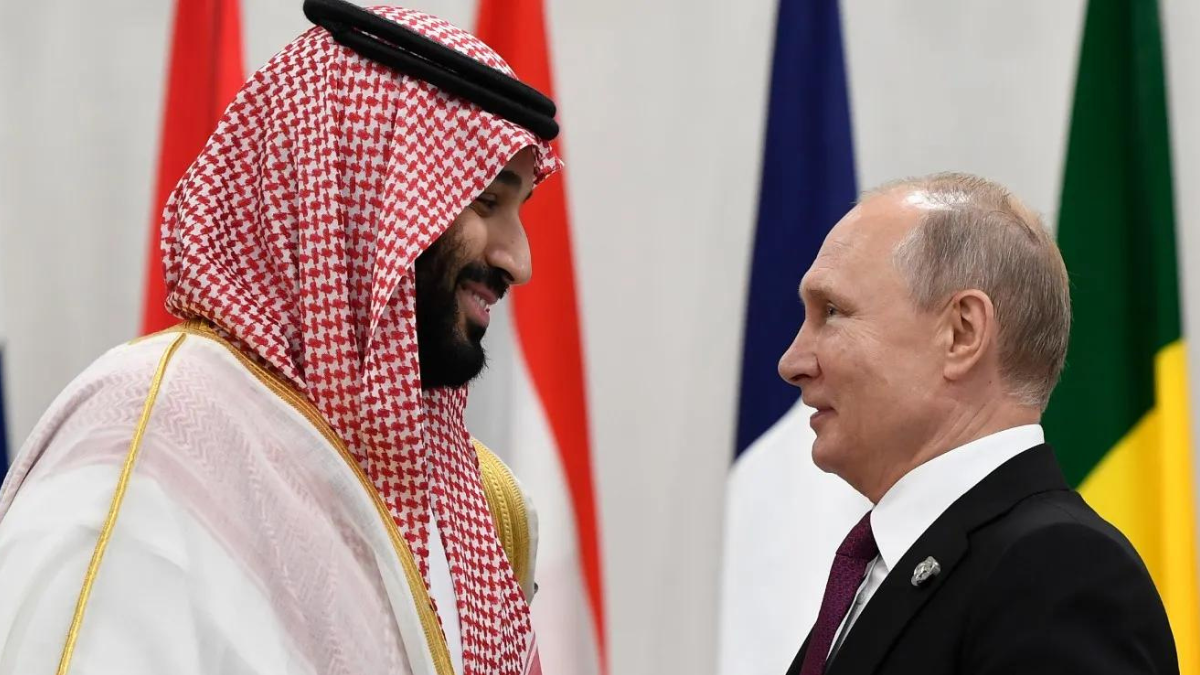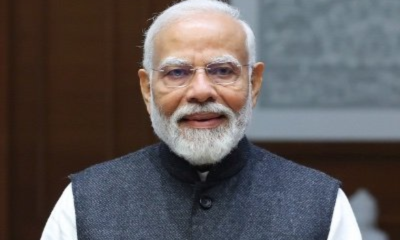Goldman Sachs has issued a warning that oil prices might rise well into triple-digit territory by next year as international oil markets struggle with the protracted supply cuts promised by Russia and Saudi Arabia.
This prediction follows the recent decision to extend production curbs through the end of 2023, which sent Brent crude oil prices surging to their highest level in ten years and above $91 per barrel. Brent crude, which comes from the North Sea, is used as the benchmark for oil prices around the globe.
The likelihood of rising oil prices was previously factored into forecasts by Goldman Sachs, a significant participant in the financial sector, but recent events have caused them to be reevaluated.
The bank initially foresaw Brent oil at $86 per barrel by December and $93 at the close of 2024. However, the situation has evolved, and the bank now identifies “two bullish risks” that could further propel oil prices upwards.
Factors Fueling Price Surge
The first factor contributing to this bullish outlook is Goldman Sachs’ expectation that Saudi Arabia’s oil supply will fall short by 500,000 barrels per day, a significant reduction that could add $2 to the per-barrel price of oil.
The second factor, and perhaps the more potent one, is the potential divergence from previous assumptions regarding oil production. Initially, the bank anticipated that in January, countries within the OPEC+ coalition would gradually reverse half of the 1.7 million barrel per day cut announced in April.
However, with the extension of these cuts and the possibility of further extensions, Goldman Sachs envisions a scenario where the status quo is maintained. In such a case, Brent oil prices could soar to a remarkable $107 per barrel by December 2024.
Goldman Sachs acknowledges that while high oil prices could be advantageous for Saudi Arabia’s fiscal stability and Russia’s economic objectives, they could also have unintended consequences. Elevated prices might incentivize US shale producers to increase their production, which, in turn, could place downward pressure on prices.
Furthermore, higher oil prices could encourage more investment in clean energy alternatives, aligning with global efforts to reduce carbon emissions.
Political Considerations and Geopolitical Realities
The United States, in particular, has a keen interest in gasoline prices, especially in the lead-up to elections. Rising gasoline costs can be a contentious issue for politicians, and President Joe Biden’s administration is actively focused on maintaining affordable fuel prices for consumers.
Goldman Sachs’ analysis underscores the intricate balancing act that OPEC+ must navigate. Managing oil prices involves meeting fiscal objectives, accommodating political realities, and considering the broader implications for the energy sector and global geopolitics.
Also Read: Ukraine war allowing wider recognition of GCC’s soft power
The outlook for oil prices in the coming years remains subject to an evolving tapestry of market dynamics, energy transitions, and international relations, making it a critical area of focus for both global financial institutions and energy policymakers.






















